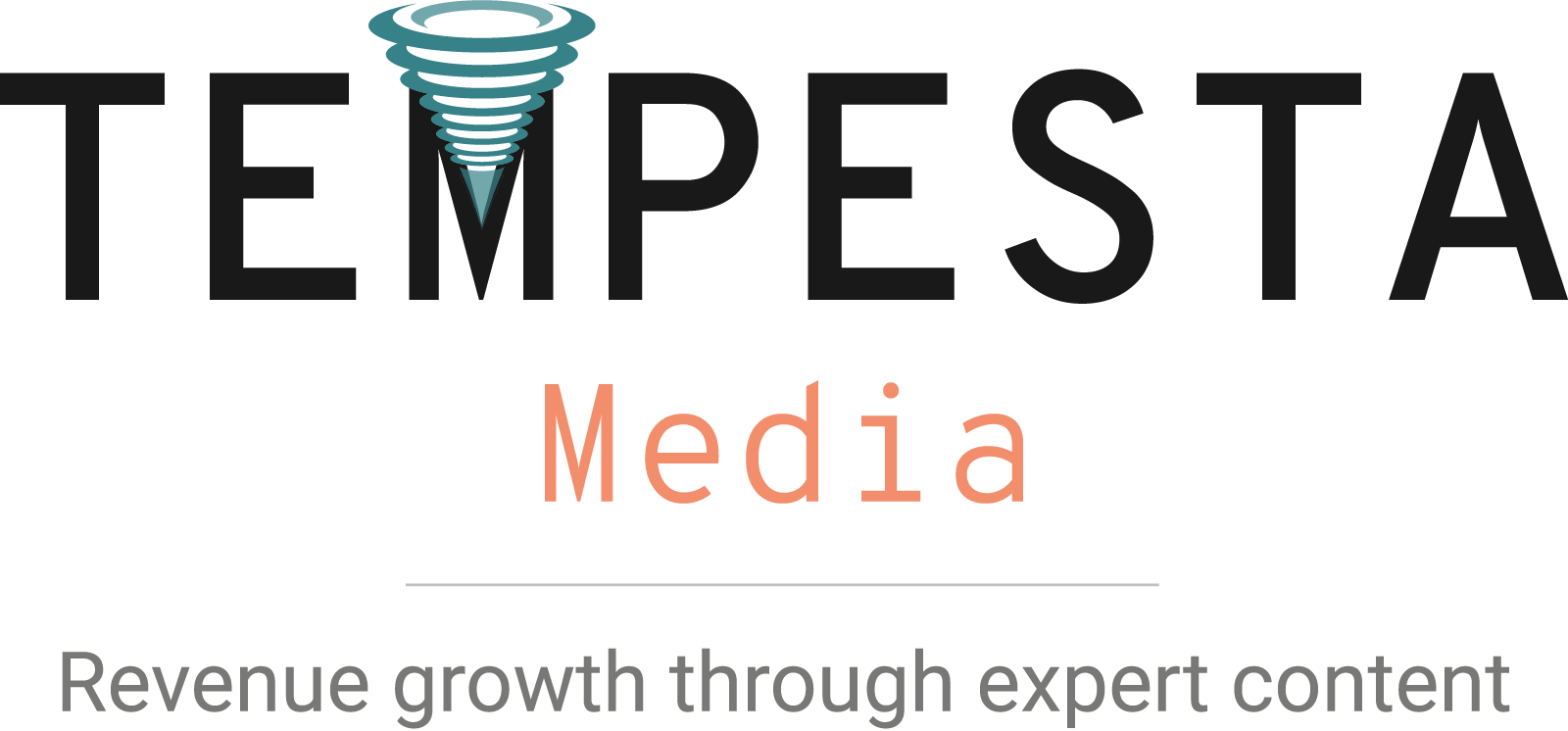An internal content review process enables companies to publish content effectively and efficiently.
A company’s internal content review process is just as important as creating the content itself. If the company hasn’t taken the time to formally institute the process, they are likely to run into significant challenges in producing and publishing content.
What is the typical internal review process?
For most companies, it will vary depending on their size and industry. In this article, we’ll focus on B2B companies.
Small B2B companies
For B2B companies that make under $2 million in revenue, the content review process consists of the writer submitting the content directly to one of the executives of the firm. That executive reviews the content to make sure that aligns with the company’s voice, style and goals. Then the executive either returns the content for revision or approves it for publication.
Mid-sized B2B businesses
In companies that make between $2-10 million in revenue, the organizational structure changes. In this environment, the internal content review process includes a content marketing project manager:
- The writer submits to the content marketing project manager.
- The project manager edits and reviews the content.
- The project manager submits the content to the executive sponsor for final review and approval.
Large B2B enterprises
For companies that make over $10 million in revenue, the structure changes once again. The internal editorial department must expand, and sometimes (depending on the industry) companies will also have to appoint an internal compliance officer who does an additional review.
In this scenario:
- The content goes from the writer to the editor.
- The editor edits the content for spelling, grammar, structure, style and logic.
- The editor submits the content to the project manager.
- The project manager reviews it to ensure that it matches the:
- Assignment instructions.
- Company objectives.
- Format for SEO optimization.
- The project manager sends the content to the compliance officer to review for regulatory requirements (both company-specified and industry-required).
- The compliance officer submits the content to the executive sponsor for final review and approval.
However, in large organizations, the project manager may end up acting as the final content approval authority.

Can a content creator take part in the content review process?
In some instances, like small and new companies, it naturally happens. However, it is not the best practice.
Why? The writers have already made their contribution by creating the initial content. Appointing them as the reviewer doesn’t add significant value because it’s oftentimes very difficult for the content creator to review their own work. More often than not, this is just a waste of time.
What is the number one roadblock to the review process?
In many companies, the number one challenge is getting the executive sponsor or the compliance officer to sit down and spend 5-10 minutes reviewing the content. In regulated companies, there is no way around having the compliance officer review it, so this roadblock can be extremely time-consuming.
However, most companies don’t require a compliance officer. Instead, what often happens is the executive sponsor makes a decision to delegate the approval of some of that content back down to the content marketing project manager.
When this happens, it increases speed and efficiency dramatically. Additionally, there’s not much risk associated with it.

How can companies improve their internal content review process?
Before you can improve the process, it’s only logical that the first step is to establish one. More specifically, companies must establish a defined and prioritized content review process. In many companies, this is what they lack, causing content reviews to gradually fall behind other more pressing matters.
To avoid this, companies must define owners at each stage of the content review process. These owners should agree to an SLA (a service level agreement) to establish how fast they’re going to review content.
If that’s not in place, the lower the priority it’s going to be to review content – especially if the reviewers are higher up in the organization. Therefore, it’s absolutely imperative that those escalators are put into place.
Another issue that companies perpetually encounter is multiple internal reviewers. In this situation, multiple departments weigh in on each piece of content, ultimately leading to contradictory opinions and delays in publication.
Essentially, content will circulate internally. Months will go by before it’s actually approved. It’s not an effective process, especially for companies who are just beginning their content marketing programs.
To avoid this, establish a hierarchical process for reviewing content, such as those mentioned above. By doing so, companies streamline their internal review process, saving everyone time and energy. As a result, they can publish more content at a consistent pace.
Need help?
Identifying the right internal content review process is just one of the many challenges companies face when managing their content marketing program. In our recent ebook, 100 Mistakes Businesses Make When Starting, Optimizing and Scaling Content Marketing Programs, we highlight the mistakes and challenges we’ve seen companies encounter over the years in order to help you avoid the same issues now.
To learn more about how to launch a content marketing program that’s built for success, download our free ebook today. For more information on how Tempesta Media can streamline your content marketing program and create quality content at scale, contact us today.











